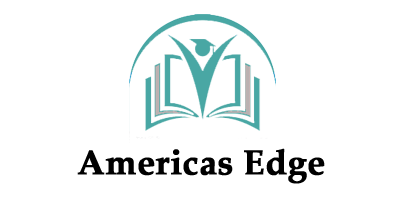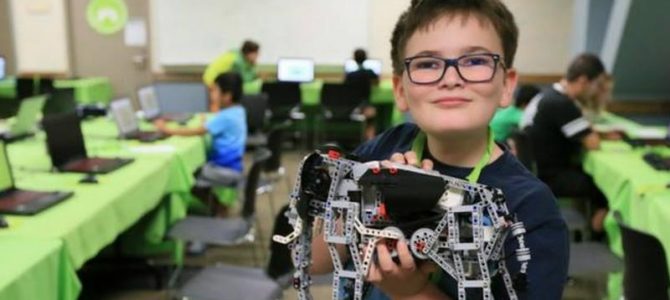Any child or student who is socially, emotionally or physically delayed required special education programs. When we say delay, it can mean developmental interruption of any kind. It signifies an aspect of the kid’s overall development which can be physical, cognitive or scholastic skills that puts them behind their peers. Because such children require unusual elements and features, a traditional classroom that is typically found cannot teach them effectively. It is why special education programs were created and built. These courses are different because they:
- adapt content
- use new teaching methodology
- Improve delivery instruction to meet the appropriate needs of each child
Most special education programs do not put the burden of fee on the family. They are available to kids for free till the time they reach 21 years of age. Commonly, the children who qualify for special education tend to fall in the following thirteen categories:
- Autism
- Deafness
- Multiple disabilities
- Hearing impairment
- Intellectual disability
- Traumatic brain injury
- Emotional disturbance
- Orthopedic impairments
- Speech or language impairment
- Visual impairment, including blindness
- Other health impairment, including ADHD
- Specific learning disability such as dyslexia, dyscalculia, and dysgraphia
Besides these conditions, there can be other unique circumstances when a person necessitates special education.


